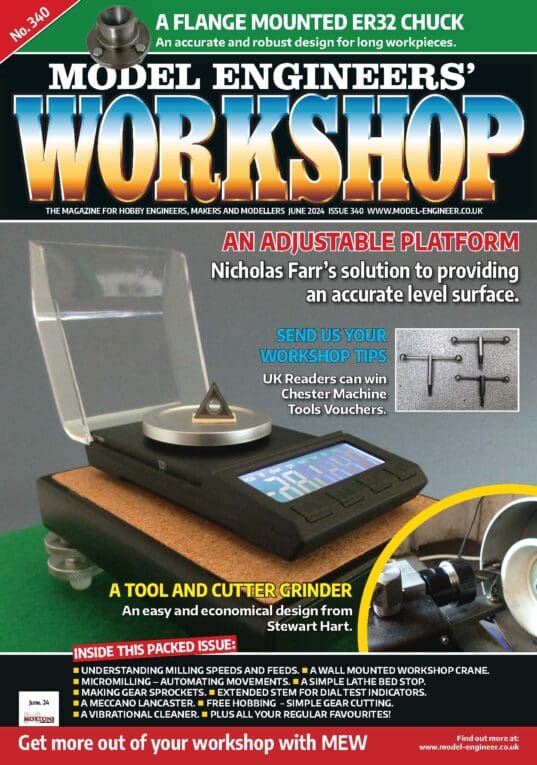Workshop floors, sloped or horizontal, guidance request.
Workshop floors, sloped or horizontal, guidance request.
- This topic has 22 replies, 14 voices, and was last updated 18 March 2024 at 20:02 by
 JasonB.
JasonB.
Viewing 23 posts - 1 through 23 (of 23 total)
Viewing 23 posts - 1 through 23 (of 23 total)
- Please log in to reply to this topic. Registering is free and easy using the links on the menu at the top of this page.
Latest Replies
Viewing 25 topics - 1 through 25 (of 25 total)
-
- Topic
- Voices
- Last Post
-
- Model Turbines 1 2 … 21 22
- 27
- 25 May 2024 at 16:40
Viewing 25 topics - 1 through 25 (of 25 total)
Latest Issues
Latest Replies
- New Member – looking for a Myford Super 7 (I think!!)
- Building the James Watt micrometer (free plans)
- What toolposts are these?
- Unimat3 vs. Sherline lathes
- “life” of Tom Tom sat navs
- How do I undo this ?
- Battery Compartment
- Disappointment out ways the anticipation.
- Thoughts on Detecting Pendulums!
- New Vertex RT-Disguised backlash-?




